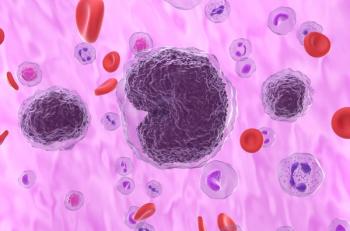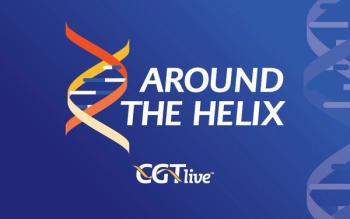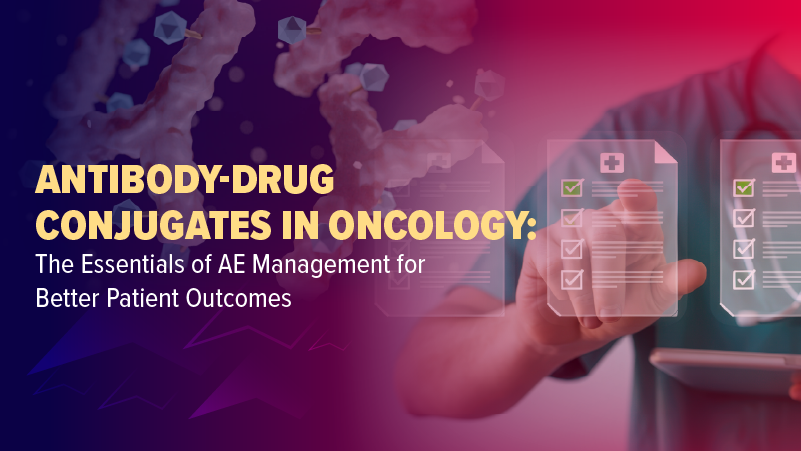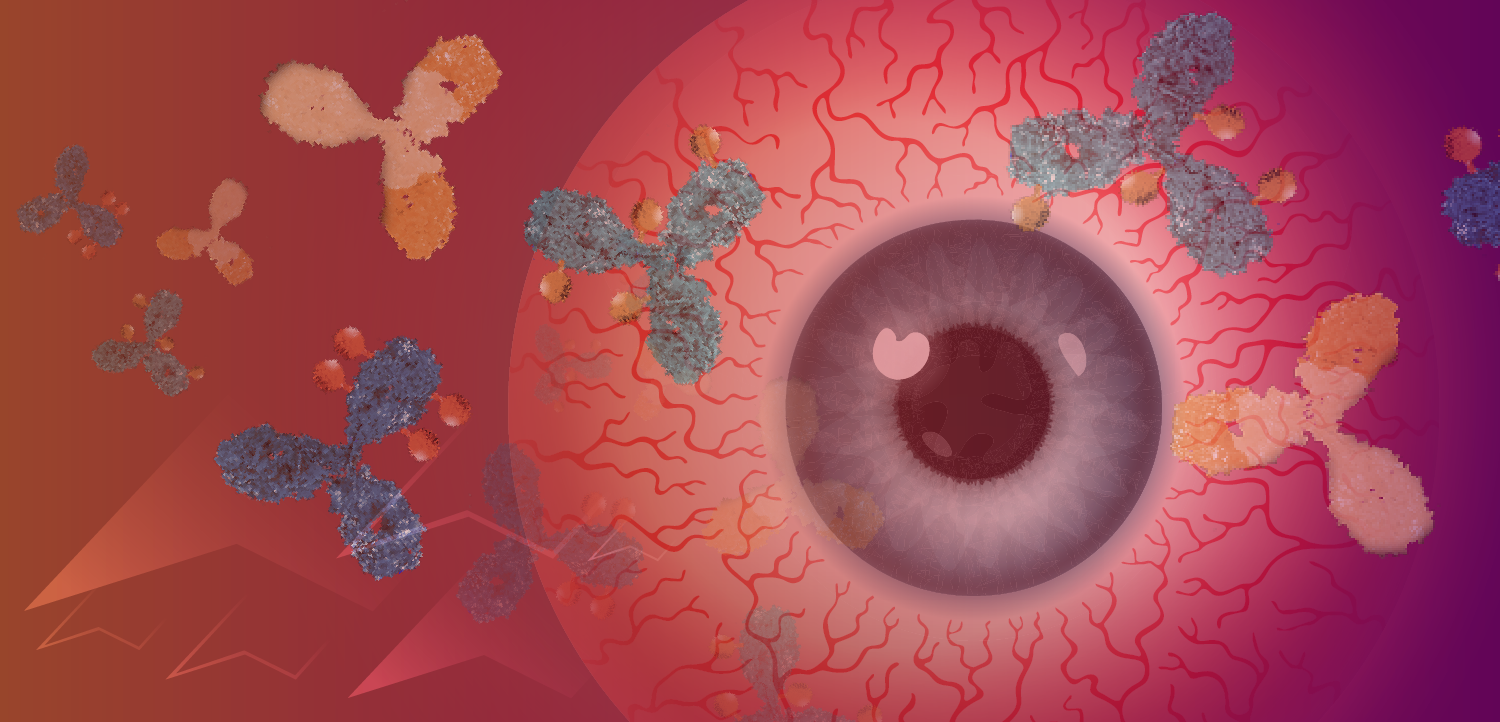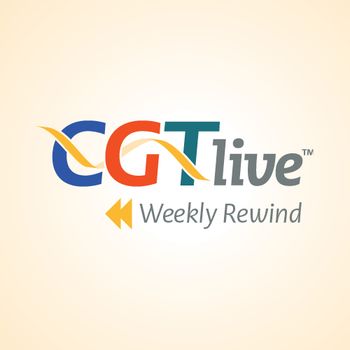
Unmet Needs Following Early-Line CAR-T for R/R Multiple Myeloma
Prerna Mewawalla, MD, the medical director of Apheresis and a hematologist-oncologist in the Division of Hematology and Cellular Therapy at Allegheny Health Network, spoke on unmet needs in patients who receive early-line CAR-T for R/R MM.
In April 2024, the FDA approved the chimeric antigen receptor T-cell (CAR-T) therapies ciltacabtagene-autoleucel (marketed as Carvykti) and idecabtagene vicleucel (marketed as Abecma) for earlier lines of treatment in relapsed/refractory (r/r) multiple myeloma (MM) than they had previously been available for. In the time since these approvals, however, a number of unanswered questions remain about how best to implement CAR-T into the earlier line setting.
Prerna Mewawalla, MD, the medical director of Apheresis and a hematologist-oncologist in the Division of Hematology and Cellular Therapy at Allegheny Health Network, as well as an associate professor at the Drexel University College of Medicine, shared her thoughts on this topic in an interview with CGTLive®'s sister site OncLive®. Mewawalla pointed out that current salvage options and sequencing strategies after early CAR T-cell therapy are still undefined, touched on the question of the necessity of maintenance therapy, and more.
OncLive: Can you discuss unmet needs in the context of early CAR-T therapy in r/r MM?
Prerna Mewawalla, MD: One, what happens after early CAR-T relapse? Our current salvage options and sequencing after using early CAR-T are not clearly defined at all. Do we go to bispecifics later? Do we go to our traditional regimens after? I think that truly needs to be defined after early CAR-T.
Secondly, I think there are also trials studying whether there is any maintenance required after some of these CAR-T treatments to get more durable responses? That's another question which still needs to be answered.
Thirdly, can we scale access to meet the growing demand? These therapies are resource intensive and infrastructure does remain a limiting factor in many areas, so how do we get access to CAR-T to patients who live far away, who don't live in big cities, and who don't have access to to an academic center or a transplant site that does these therapies? How do we get these treatments to patients?
I think those are the big questions which need to be addressed.
This transcript has been edited for clarity.
Newsletter
Stay at the forefront of cutting-edge science with CGT—your direct line to expert insights, breakthrough data, and real-time coverage of the latest advancements in cell and gene therapy.

